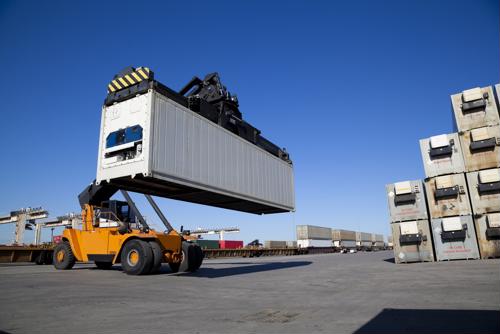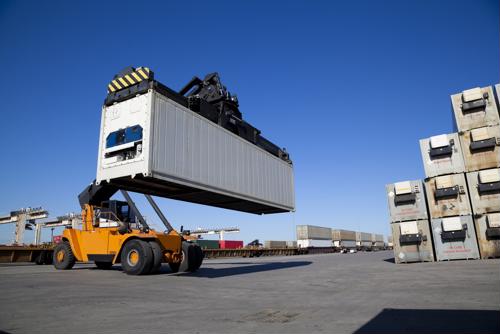
As sea-based supply routes become more important in the global movement of goods and services, ports have enacted new technologies like supply chain software to make sure boat shipments are processed more efficiently, global strategist Wolfgang Lehmacher wrote in a recent Port Strategy article.
Ports have become more critical than ever for companies looking to move massive quantities of goods around the globe. According to the most recent statistics from the U.S. Census Bureau, the top location in terms of tonnage, the Port of South Louisiana, processed more than 212 million tons of cargo over 12 months. In that same year, the Ports of Los Angeles and Long Beach combined loaded close to 9 million twenty-foot equivalent units.
To deal with this influx in traffic, ports are increasingly turning to automated data collection methods and improved infrastructure that can help operators more quickly and efficiently manage shipments. Lehmacher in particular singled out Yiantin as an example of what the modern port will likely look like.
Case Study: Yiantin
Located near Hong Kong in southern China, the port in Yiantin is noteworthy because of its setup. Unlike some other global cargo points, the facility in Yiantin is particularly well connected to other supply chain routes like railroads. That way, port operators can use data collection software to determine where a shipment is headed and quickly make sure it is handled properly and sent toward the right location using the best transportation method available.
“More efficient container yards, better rail access and taking steps to ensure full integration with regional and national transportation plans are just some of the smart moves port businesses and local governments can examine to ensure they are offering the services and facilities their customers – businesses and people – need,” Lehmacher wrote. “And that they are offering them where they are needed.”
Lehmacher also singled out the port in the Belgian city of Antwerp for being a supply chain hub that makes it easier for companies to more rapidly ship goods around Europe and the rest of the world.
Efficiency-related concerns, though, are just one of the variables that port operators must now consider, according to Lehmacher. Another issue to contend with is environmental concerns, as businesses and governments devise ways to lower the supply chain’s carbon footprint. In addition, all parties directly involved in the global supply chain have a vested interest in making sure ports and container shipment yards remain as safe as possible.
“The lesson from the world’s leading ports is simple: Smart strategic actions can help port managers thrive in an ever-changing world,” he wrote.






